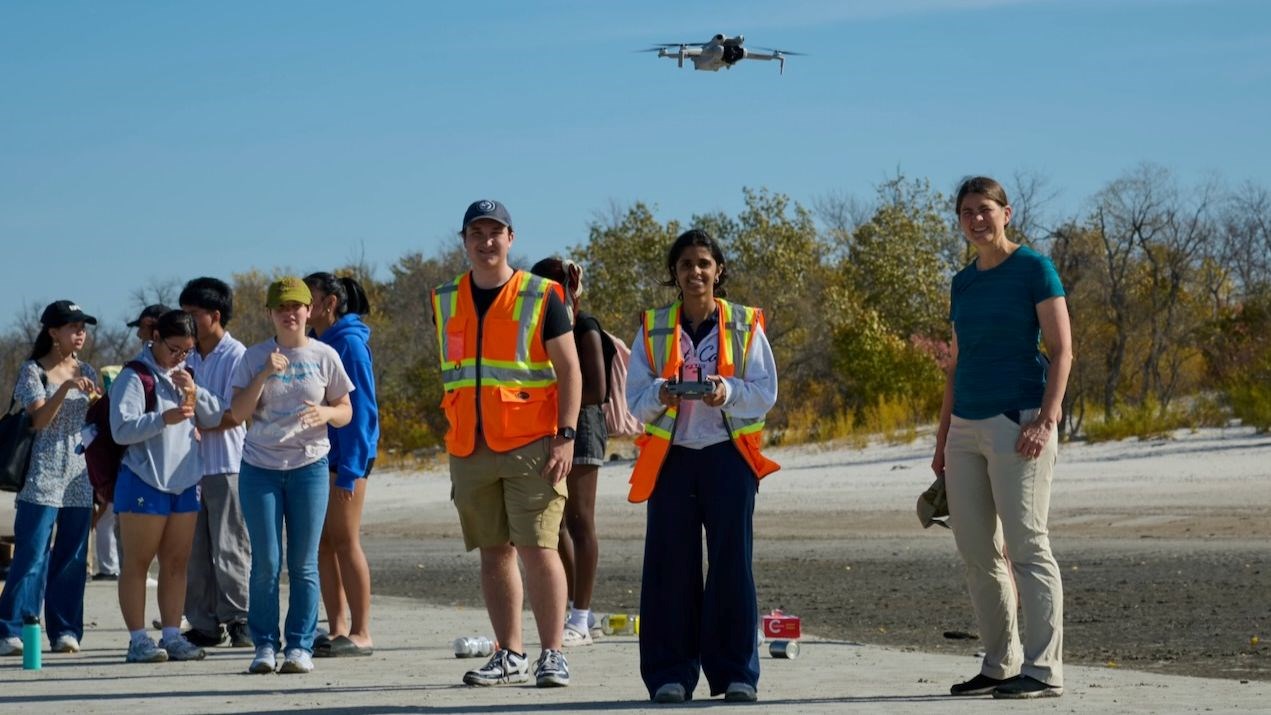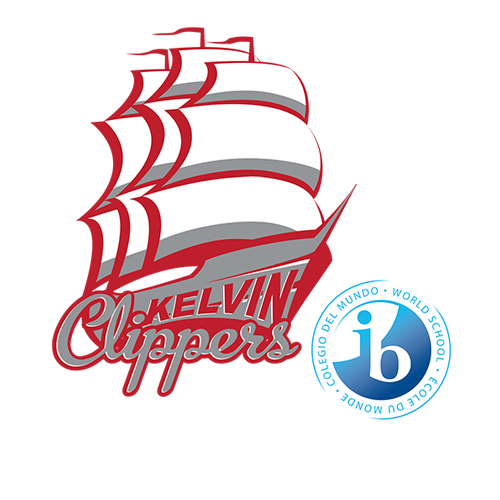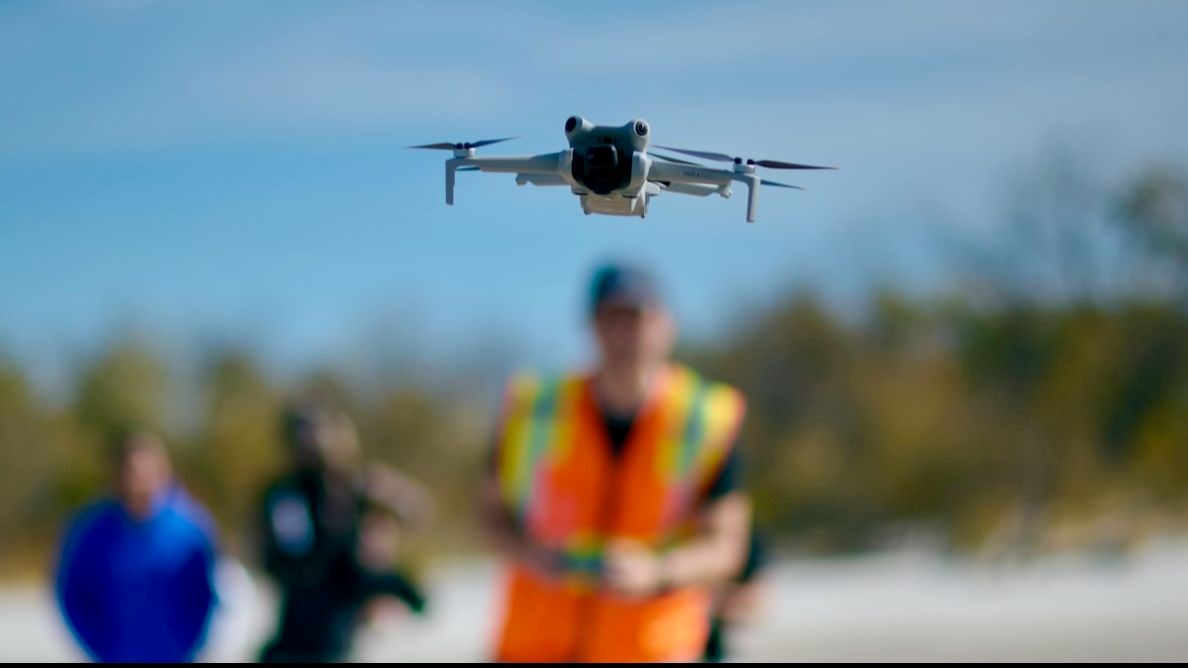Kelvin Students use Drone Technology to Manage Coastal Litter
October 15, 2025
Kelvin Students use Drone Technology to Manage Coastal Litter
Students from Kelvin High School are participating in the Science Experiential Aerial Research (SEAR) Program in order to learn how to operate drones and use technology, imaging systems, and AI tools to collect data in order to tackle the problem of litter. The Winnipeg School Division has partnered with Volatus Aerospace and the University of Manitoba to use drones in a Waste Management Project. The program is designed to engage students by using technology to address environmental impacts of pollution and contribute to solutions that can better help communities improve their waste management. After the first orientation session and drone training, the students went out to Patricia Beach to conduct a mapping mission using aerial data. The drone footage from the multispectral camera on the drone can be analyzed to give important information about the waste materials as the near infrared light reflects differently off metal, plastic and cardboard. This can be used to identify the different types of litter on the beach using the aerial map from the drone. The students set up a ground-truthing data grid with various types of litter on the beach and learned to pilot micro and small remotely piloted aircraft systems. The next phase will be to analyze the data maps using machine learning and a software platform that they will train to identify the different materials by matching their photos with the drone footage.
“Students especially valued the opportunity to use advanced technology to impact something they all care about: the health of our planet.”
Donna Labun, Chemistry teacher
“One of the highlights was using a first-person view headset, which allowed me to see exactly what the drone was capturing in real time. It challenged my balance and coordination skills, and the experience was very enjoyable. Overall, it gave me a better perspective on how drone technology can aid environmental monitoring and protection.” Myrah Gupta, Grade 11
“Through the program, we learned real-world applications of drone technology and near-infrared photography while gaining drone piloting experience both indoors and outdoors.”
Molly Mitchell-Koch, Grade 12
“Once you get the hang of it, it’s incredibly fun—it feels like a mix between gaming and photography.”
Daniel Castillo, Grade 11
This program enables students to participate in research both with the university and industry and prepares them for further learning and careers in science and technology. The multispectral camera on the drone is effectively used for aerial surveying and works well for agriculture monitoring and natural resource surveying. Students can work towards obtaining their Transport Canada Basic or Advanced RPAS pilot certificates.
“The SEAR Program has been a personal passion since we first launched it in 2021,” said Matthew Johnson, Regional Vice President, Prairies & Director, Education for Volatus Aerospace. “Through these programs, we are able to engage students in the process of solving real-world problems while providing them with a learning opportunity usually limited to funded university-level programs.”



